You’re looking at #76 of just 100 Drag Pak Challengers built in 2009. So what’s so special? This one has ZERO miles on it. Almost five years after it rolled off the assembly line, this Drag Pak Challenger is totally factory fresh and unmolested! The intake is still sealed in plastic! These cars are not street legal and cannot be made street legal. And they are missing lots of stuff–such a a final drivetrain. Still, think of the possibilities here. And the Buy It Now is just $47,900. So… would you preserve it or race it? Tons more pics after the jump, including the eBay auction text.
At RK Motors, we see a lot of unusual and significant cars but, every now and then, something completely different shows up and becomes a temporary talking point of the showroom. It becomes the car we point out to customers because we know it’s unlikely either of us will see another one any time soon. While a 2009 Challenger seems like an unlikely candidate for that kind of discussion, this Drag Pak makes the cut for a few reasons. For starters, it’s #76 of 100 built for the model year. Many of those cars have gone on to become racers, drastically lowering the number of stock body-in-white builds left. Secondly, it shares DNA with the Super Stock cars of yesteryear the cars that carried names like Sox & Martin, Don Garlits, and “Miss Mighty Mopar” Judy Lilly to event wins and divisional championships across the country. Regardless if you’re interested in preserving rare and exclusive Mopar metal or building your own Hemi-powered racer, this Challenger offers the perfect starting point.
Born in Chrysler’s Brampton, Ontario production facility, the Drag Pak Challenger certainly shares some visual cues with its street-going siblings. Dressed in a coat of Stone White, all the car’s familiar lines are in place and the untouched factory body remains laser straight. It’s a regular shell, not some exotic composite body, and the doors open and shut like any other car. The hood is the first major indicator you’re dealing with a different breed of Challenger. It’s a lightweight lift-off unit with a large scoop designed especially for the Drag Pak cars. Dressed in primer and held in place by hood pins, it definitely lends the car an aggressive look while offering some racecar functionality. Aside from the scoop, the front view is pure Challenger with the familiar black grille and a bright red R/T badge framed by dual headlamps. The side profile is whiteboard clean, broken up only by corner markers and small plastic rear view mirror deletes. At the back of the car, a small plastic pull extends into the license plate recess below the full-width taillight bar, offering control of the cable-operated deck lid.
Lift the lightweight hood off of this Challenger and a familiar sight comes into view a 6.1L Hemi. While these cars could be ordered with a 5.9L Magnum or 5.7L Hemi, bigger is usually better in these instances, making the 6.1L the go-to option. Naturally, this isn’t quite a production engine. Inside the cast iron block, a forged steel crankshaft works with forged steel rods, forged 12:1 pistons, and a hydraulic roller cam to build a rock solid foundation. At the top, aluminum heads with 71cc chambers frame a special aluminum high ram EFI intake manifold with a four-barrel throttle body. Chrysler literature included in the sale lists the engine at 385hp and 420lb. ft. of torque but, with this type of car, that number is little more than a baseline. A quick look around the internet will quickly reveal what these brutes are capable of. Around the engine, a bay usually cluttered with electronics and accessories is wide open, dressed in Stone White paint. The passenger side inner fender carries a trim tag that verifies the car as a Brampton, Ontario build, designated as part of the LC22 Drag Program.
Take a look under the Challenger and you’ll find an equally blank canvas waiting to be filled in. From here, it’s a little easier to admire some of the more subtle work at hand. The engine has been moved back 75mm and pushed over roughly 19mm to the right to improve driveline angle and weight distribution. Solid engine mounts hold the mill in place. Underneath, a specially modified K-member features a drop-out cross member for added accessibility. A manual rack and pinion steering setup offers control over the front wheels while lightweight race-only front brakes provide the stopping power. Behind the engine, a Tremec T56 manual transmission is in place with a bright yellow shipping support hanging below. Beyond the transmission, the drivetrain becomes a choose-your-own-adventure scenario. There is no driveshaft or differential only the suspension propping the car up. At the corners, steel transport wheels serve as placeholders for future slicks and skinnies.
Open the doors and, for a brief second, the car begins to resemble its production-based siblings again. A pair of Viper seats offer seating for two in front of a relatively stock-appearing plastic dash with a Dodge-branded switch panel in the center. A set of factory gauges meant to measure fuel, speed, revs, and temperature reside within the gauge cluster and a four-spoke steering wheel tops off the steering column. At either side, familiar plastic panels cap the doors and pillars, making the car feel almost normal from the driver seat. Of course, it’s the little things that matter. Behind those door panels, polycarbonate window glass replaces the regular pieces. The front and rear glass is held in by four spots of glue, designed to be easily removed for roll cage installation. Beneath the seats, a single piece of gray carpet covers the floors, exposing primered sheet metal in the places a center console would usually cover. Follow that carpet towards the back of the car and trail goes cold just after the front seats, exposing more metal work and a clear view into the trunk where a back seat would usually live.
Factory documentation is always great to have and this car comes with a ton of it. For starters, there are two copies of a 39-page booklet that breaks the car down piece by piece and offers helpful tools like wiring diagrams and part numbers to keep you on the track. Later service bulletins are included as well. You’ll also find a copy of the original press release announcing the 2009 Drag Pak Challenger, along with two Mopar magazines that further discuss the cars.
Even in its rawest form, the car has a strong presence and the ability to get a gearhead’s mind going. But before you start daydreaming about pulling the wheels on Woodward Avenue, there are some important items to consider. For starters, as a product of the Drag Program, the car was not assigned a VIN. This means, no matter how badly you may want it to be, this Challenger can never be a legal road car. Secondly, it is very much incomplete. The car comes with a stock wiring harness to help get you started but there is a lot of work ahead before this Mopar sees its first quarter mile pass. While many of the weight-saving measures have been covered, it’s a point worth reiterating. Engineers freed over 1,000lbs. of weight from the car meaning items such as the HVAC system, windshield wiper assembly, airbags, rear seats, power steering system, exhaust system, cross-car and side impact beams, rear bumper beam and rear deck lid spoiler are nowhere to be found. Long story short: This is not a street (or even streetable) car. If you’re not planning on going racing or preserving it as-is, we’ve got some great alternatives that will get you on the road a whole lot sooner. If you’re ready to dominate the drag strip like the legends of yesteryear, it’s hard to imagine a better starting point.

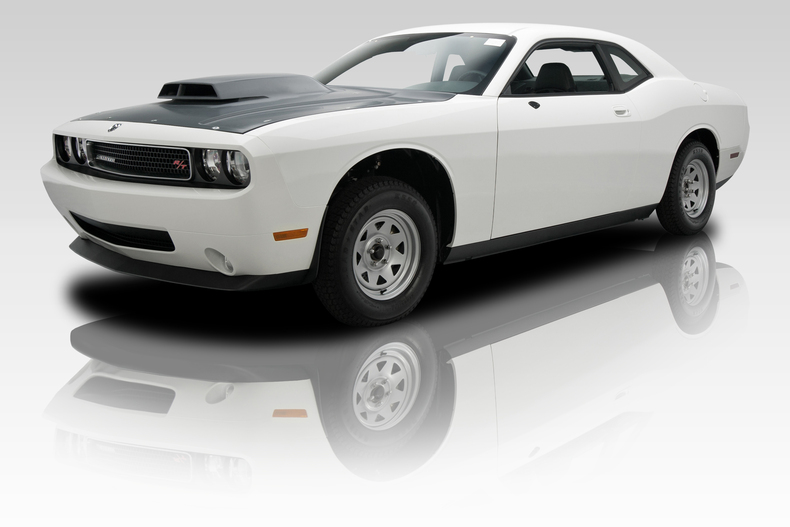
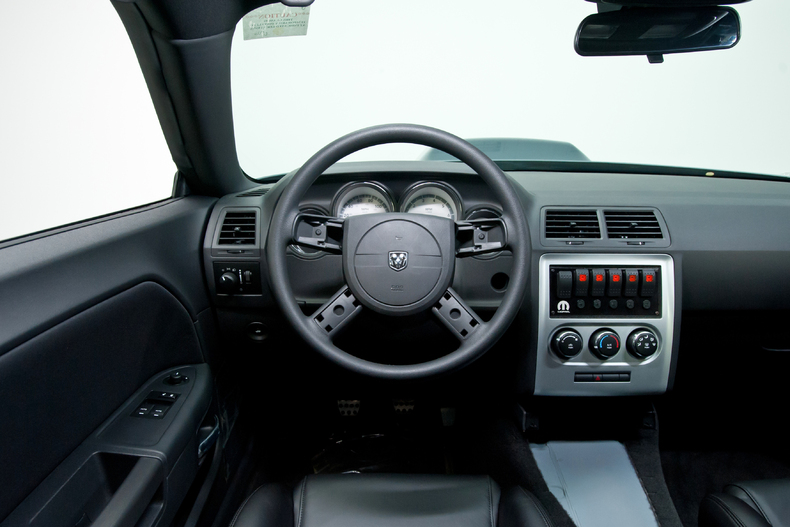
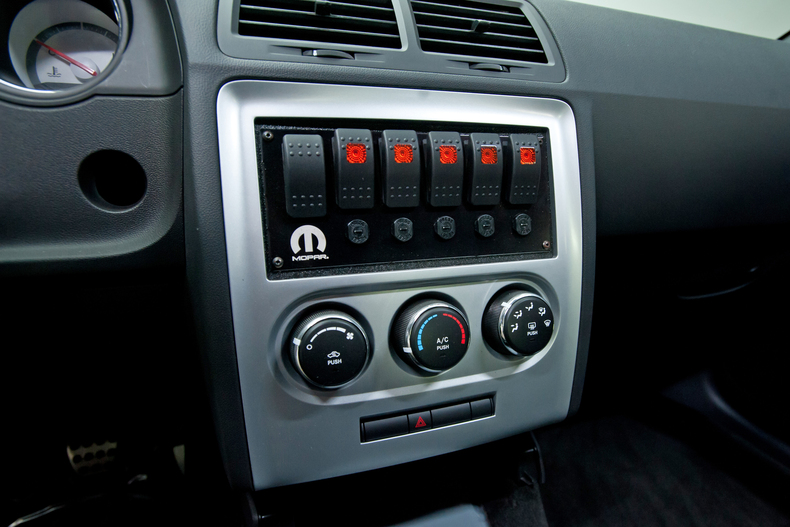
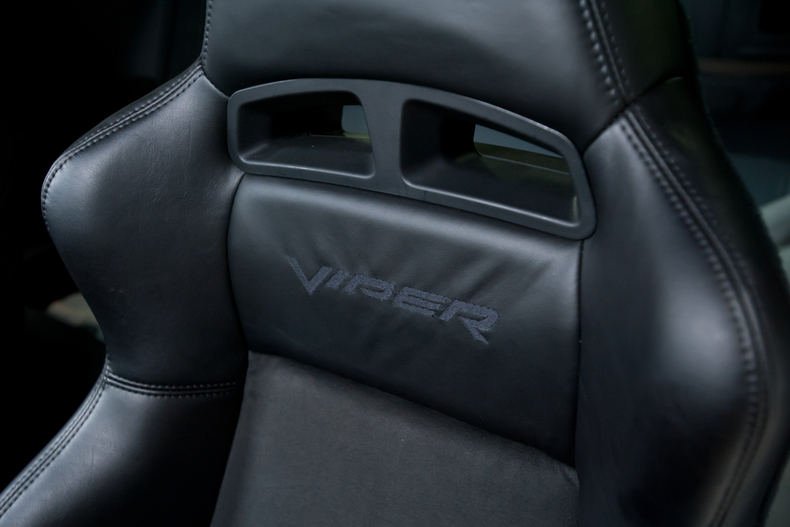
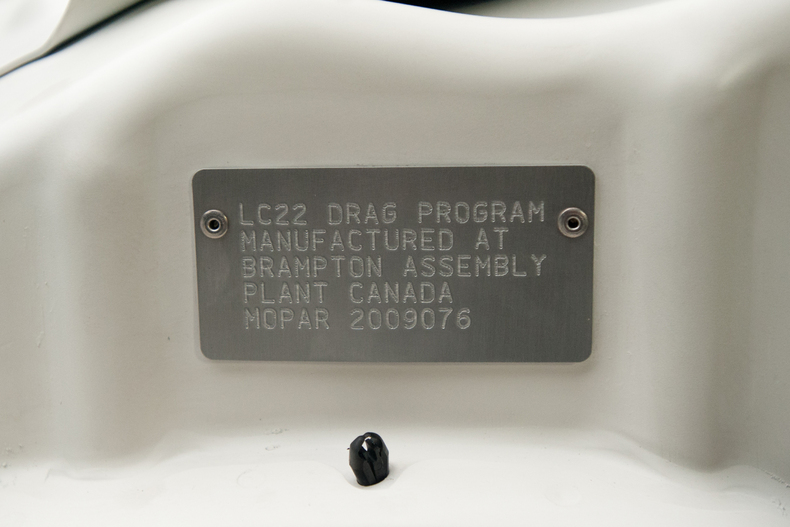
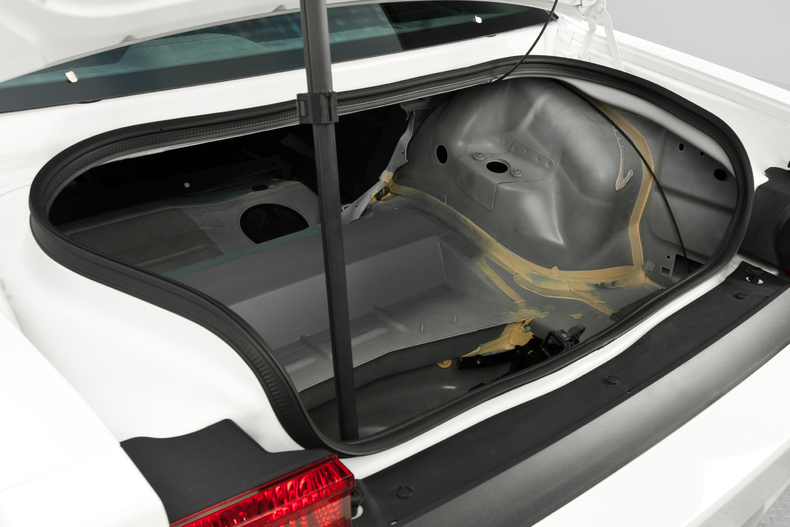
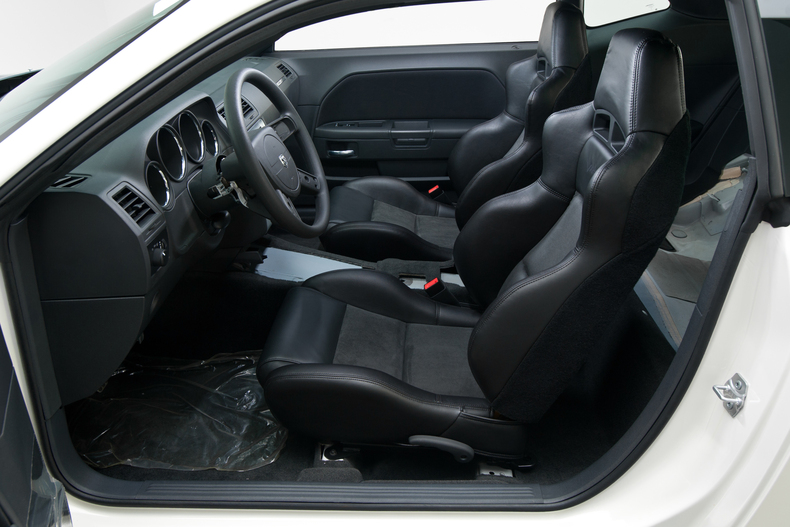
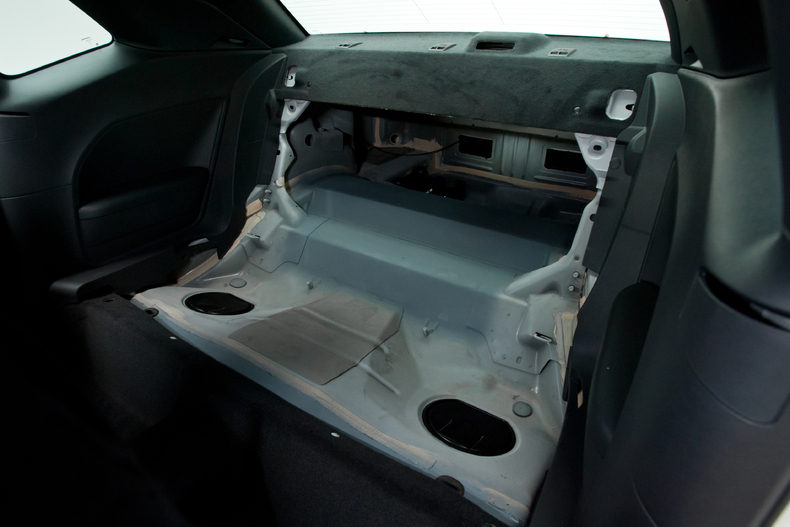
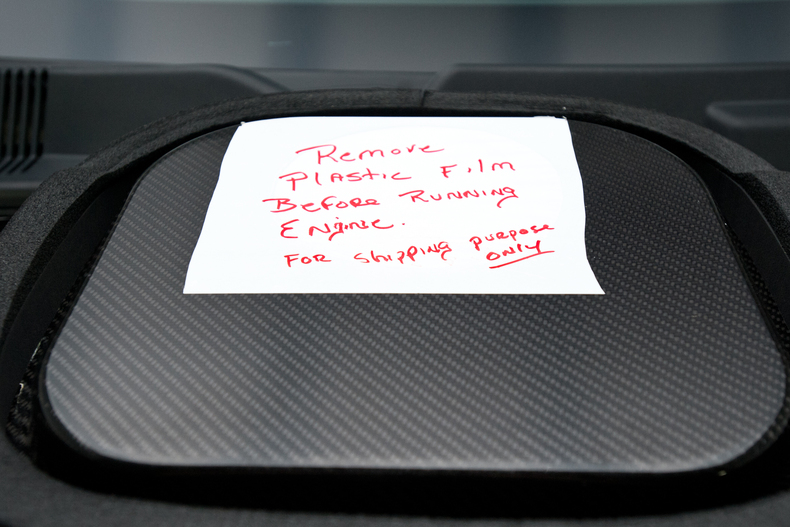
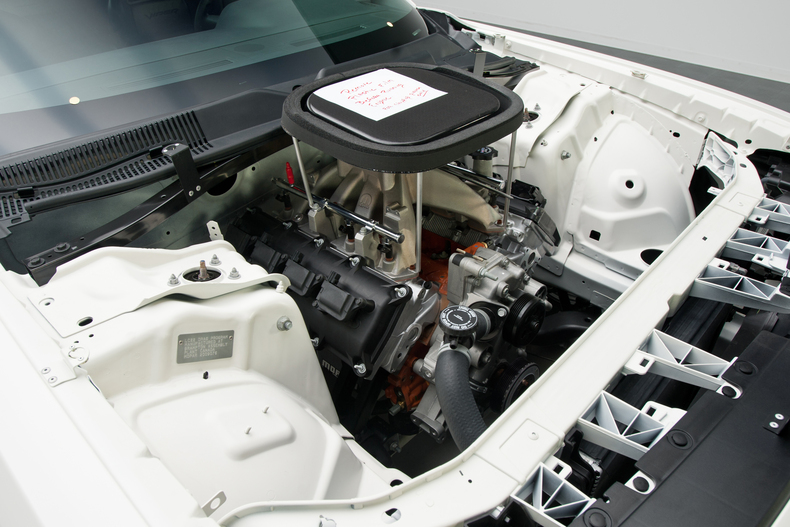
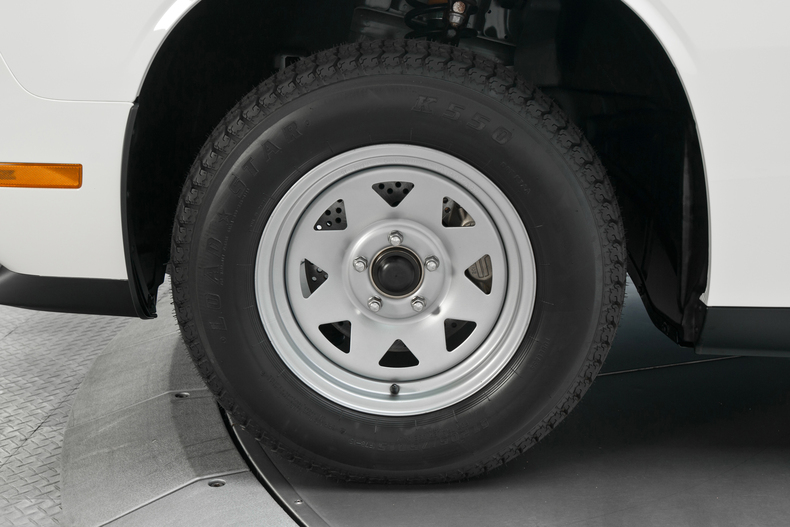
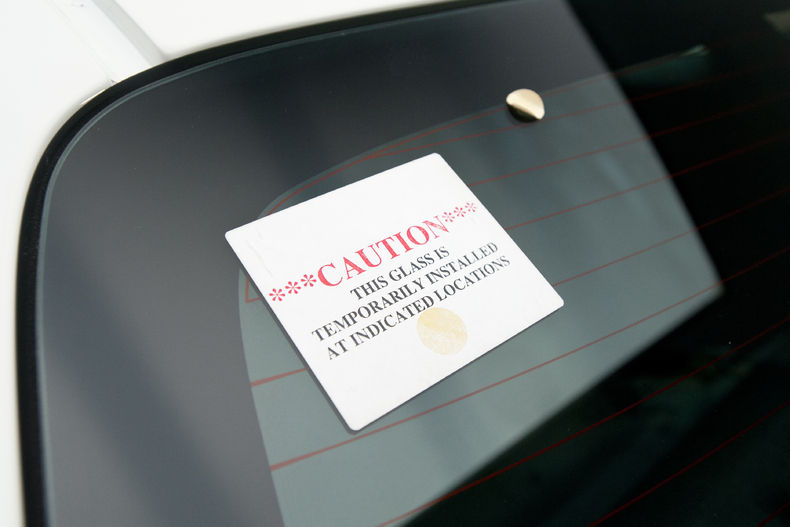
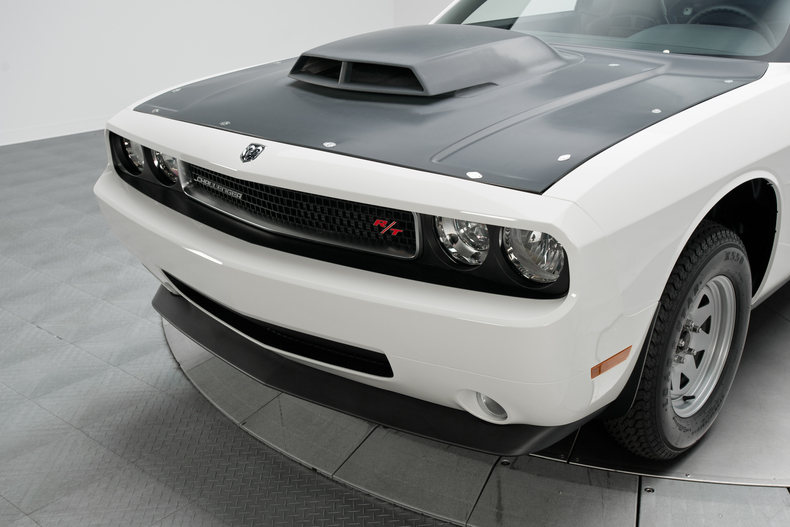
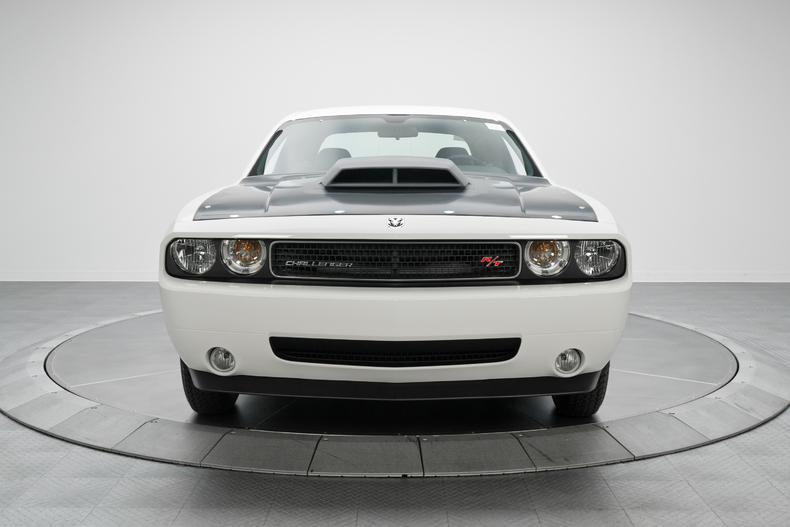
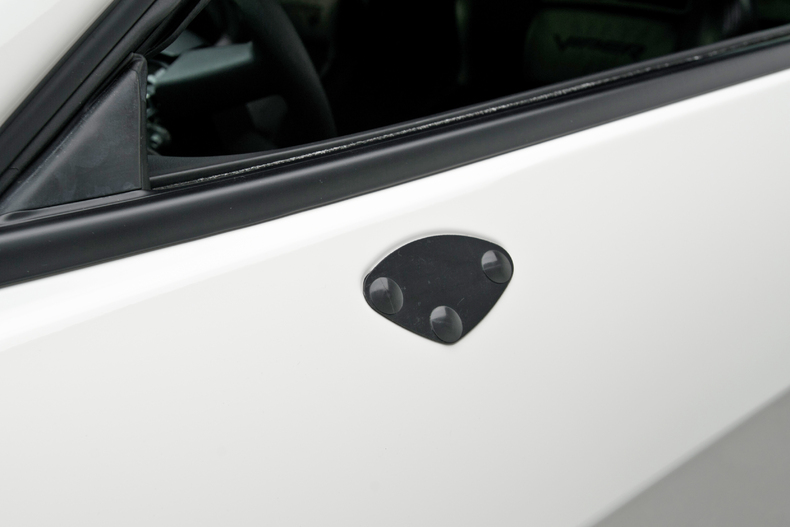
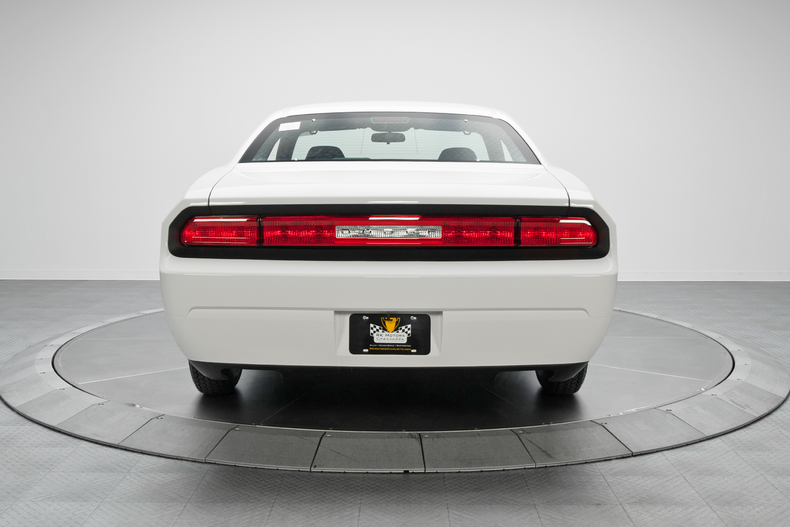
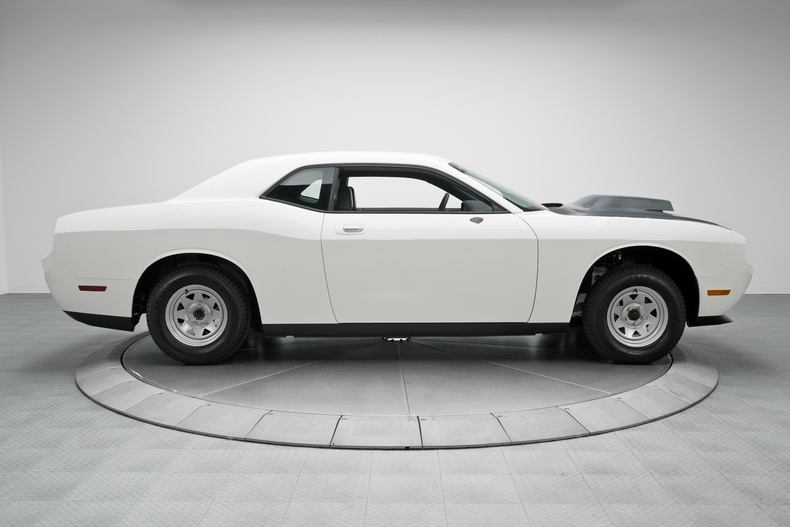

You know what we’re all thinkin’. Buy one Challenger with some bodywork damage and a VIN and this one and………..